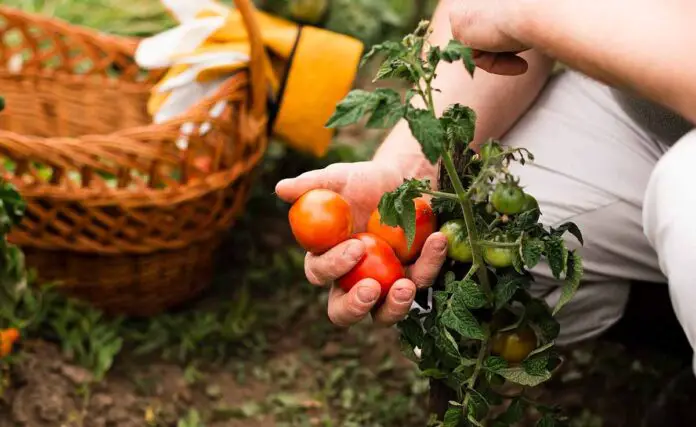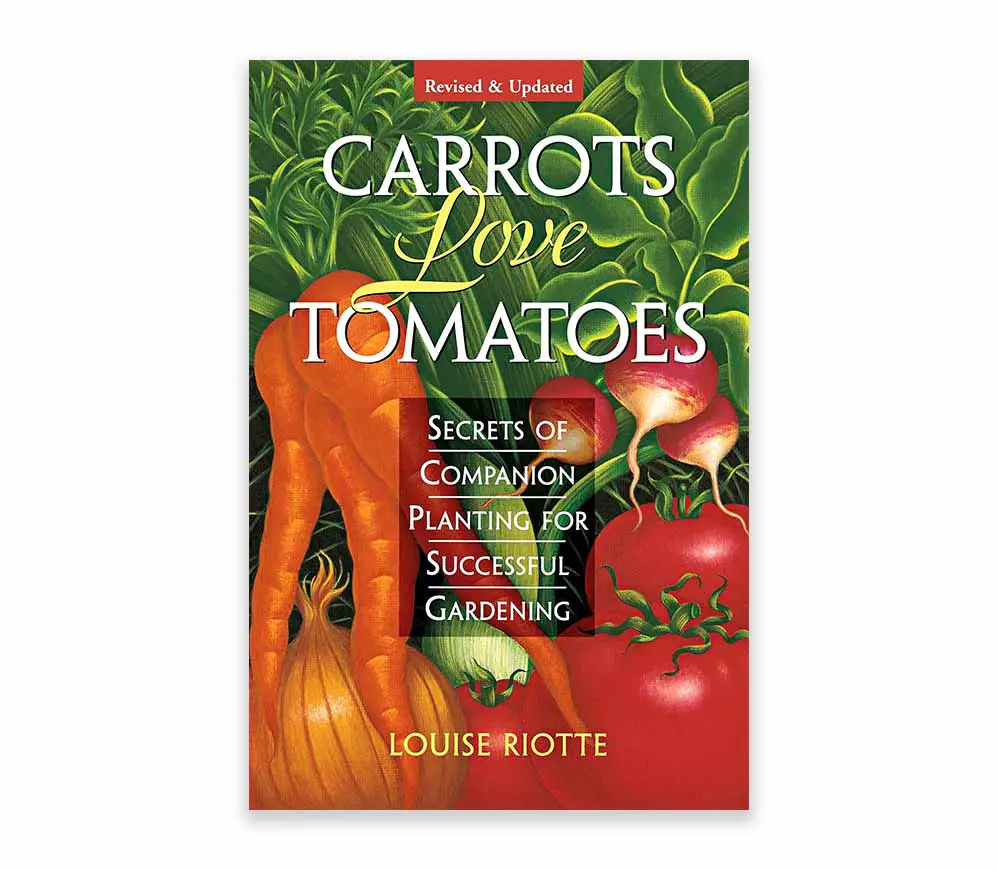This guide will let you quickly get into the main benefits of planting some types of veggies together, teach you the basics of plant relationships, and a there is list of most popular compatible and incompatible vegetable pairings here, so don’t miss it! Learn how to naturally control pests and make the most of your garden space, even in smaller raised beds. Let’s begin!
This web portal is supported by its readers, and is a part of the Amazon Services LLC Associates Program and the eBay Partner Network. When you buy using links on our site, we may earn an affiliate commission!
Pros of Companion Planting
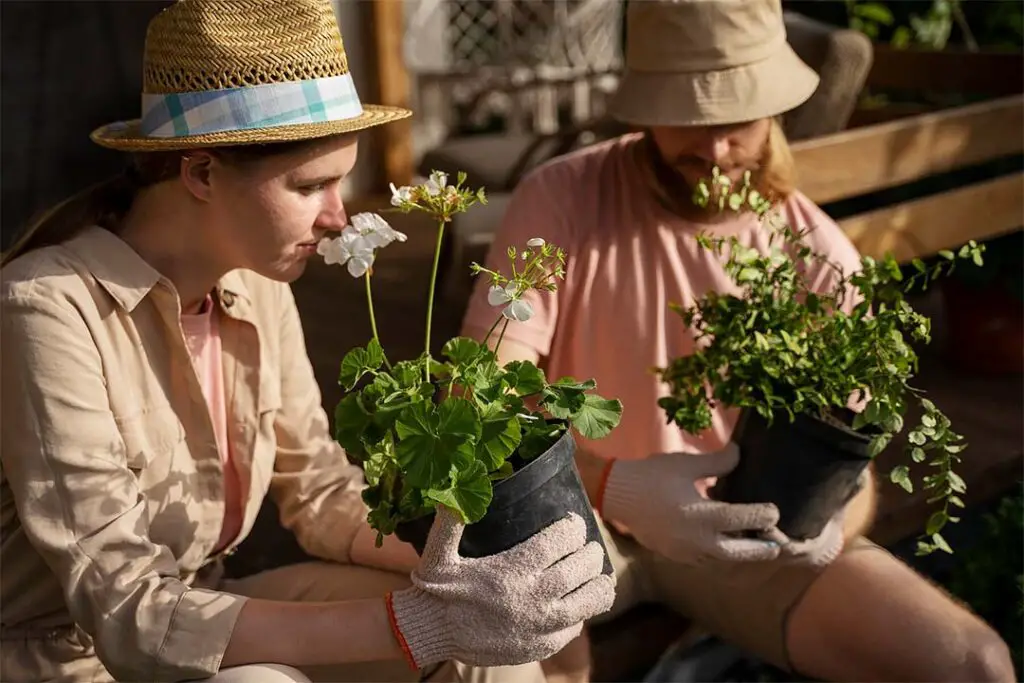
Companion planting is a time-honored gardening tradition that has been practiced for long years by many farmers and gardeners. It involves strategically placing certain plants near each other to take advantage of their natural characteristics and interactions. Here are the most common benefits you can get from learning how to do it properly.
First, companion planting can help deter pests. Certain plants emit substances that repel specific insects, which can help to reduce the need for chemical pesticides. For instance, marigolds are known to deter nematodes and other garden pests.
Second, it can improve soil health. Some plants, like beans and other legumes, fix nitrogen in the soil, which can benefit nitrogen-loving plants planted nearby.
Third, companion planting can oftentimes lead to higher yields. By planting certain crops together, you can make better use of space and sunlight, leading to increased productivity.
Lastly, it promotes biodiversity. A diverse garden is a healthy garden. By planting a variety of crops together, you can create a more balanced and sustainable ecosystem.
Companion planting is a natural and effective way to enhance your garden’s health and productivity, and still I do know many hobbyists that hear about it from me for the very first time. It’s a method that requires some knowledge and planning, but the rewards can be well worth the effort. The book “Carrots Love Tomatoes: Secrets of Companion Planting for Successful Gardening” by Louise Riotte goes into great detail on all this!
Plants and Their Relationships
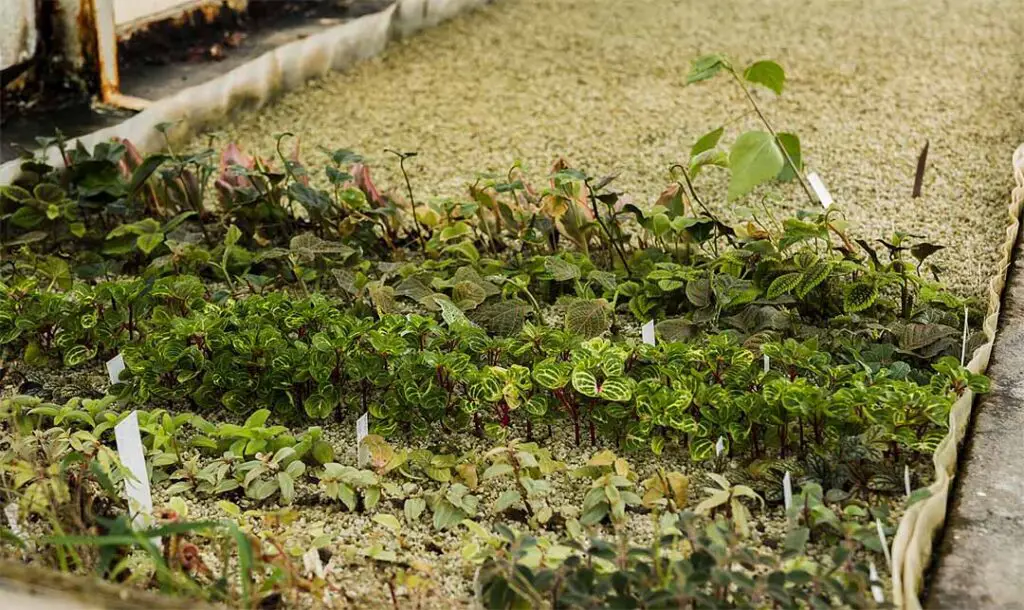
In the world of gardening, plants are not solitary entities. They form complex relationships with each other which we’re often not aware of. Some plants get along well, aiding each other in growth and protection. Others, however, can be detrimental to each other’s development. Understanding these relationships can be crucial for successful gardening.
Certain plants, when grown together, can enhance each other’s growth and yield. This is often due to complementary characteristics. For instance, as I’ve already mentioned, some plants may repel pests that typically bother their neighbors, or they might help enrich the soil with nutrients that the other plant needs.
On the other hand, some plants can hinder the growth of others. This can occur due to competition for resources, or because one plant releases substances that are harmful to the other. For example, planting potatoes near carrots can lead to a reduced yield of both crops, as they compete for the same nutrients.
In essence, plants have friends and foes, a little bit like we do. Recognizing these relationships and using them to our advantage can make a significant difference in our gardening endeavors.
Most Common Vegetable Pairings
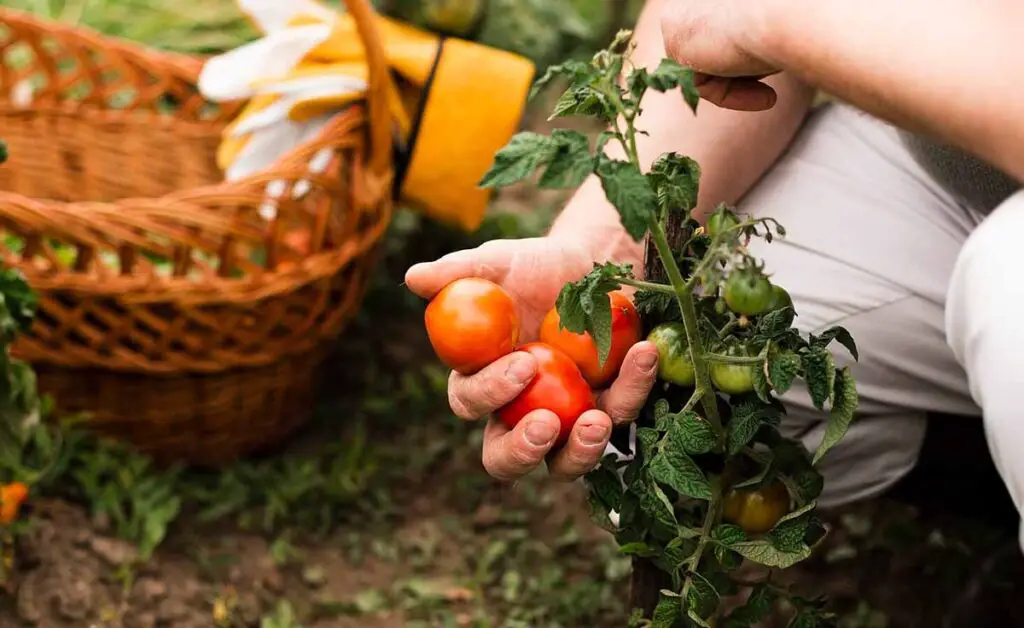
In the world of companion planting, certain vegetables just seem to get along better than others. Here are eight of the most common compatible vegetable pairings:
- Tomatoes and Basil: These two are a classic pairing, not just in the kitchen, but in the garden as well. Basil helps to repel pests that are attracted to tomatoes (mainly thrips and whiteflies).
- Beans and Corn: Beans help to fix nitrogen in the soil, which corn, a heavy feeder, can then use to grow. In return, the corn provides a natural trellis for the beans to climb.
- Cucumbers and Sunflowers: Sunflowers act as a windbreak and provide shade for the cucumbers, while the cucumbers provide ground cover, helping to keep the soil moist for the sunflowers.
- Peppers and Spinach: Spinach can benefit from the shade provided by taller pepper plants, while peppers can benefit from the nitrogen that spinach helps to add to the soil.
- Carrots and Onions: The strong smell of onions can help to deter carrot flies, a common pest for carrots.
- Peas and Carrots: Peas and carrots do well together in the garden. Peas fix nitrogen in the soil, which carrots can use to grow.
- Potatoes and Beans: Same as with corn, potatoes can use the nitrogen the beans help to replenish within the shared soil.
- …and more!
Let’s move on to the not-so-favorable combinations that you might want to avoid in your garden!
Incompatible Vegetable Pairings
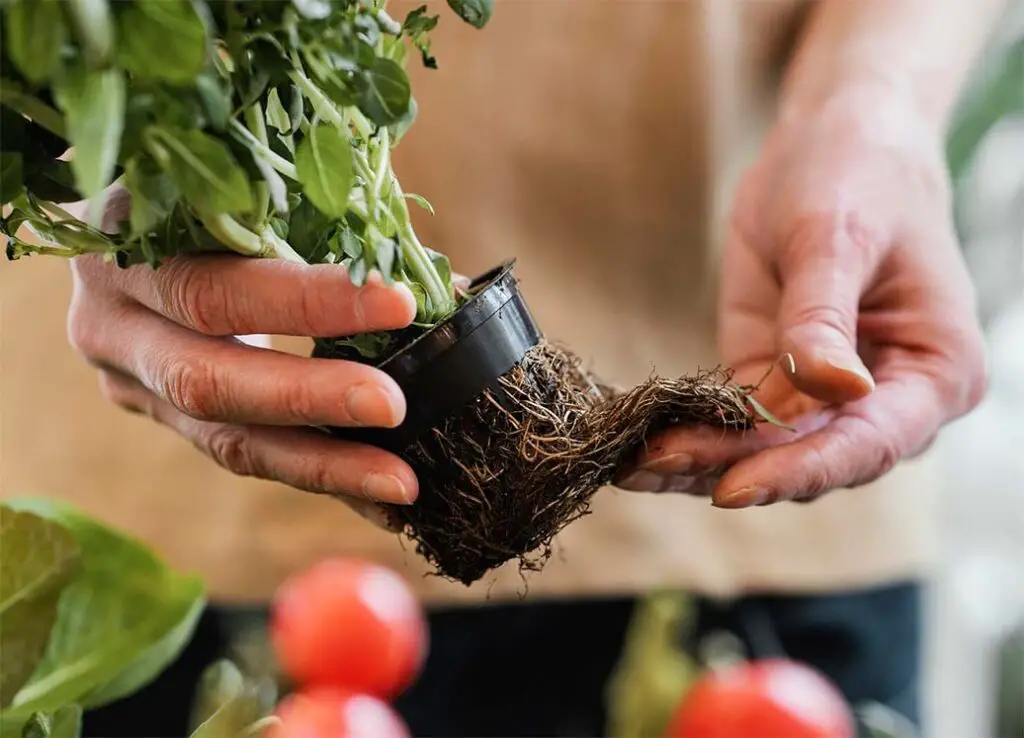
Just as some vegetables thrive when planted together, others can not be so fond from each other’s company. Here are eight common vegetable pairings that are best avoided:
- Carrots and Dill – Dill can attract pests that are harmful to carrots (for instance aphids and spider mites), so it’s best to keep these two apart.
- Tomatoes and Potatoes – Both are part of the nightshade family and are susceptible to similar diseases. In the worst case scenario, planting them together may increase the risk of disease spread.
- Cucumbers and Aromatic Herbs – Cucumbers don’t do well with aromatic herbs like sage and basil. The strong scent of these herbs can deter cucumber pollinators.
- Broccoli and Tomatoes – Tomatoes can sabotage the growth of broccoli when planted close together. They compete for nutrients, making it difficult for both to get the most out of the soil they’re growing in.
- Peppers and Beans – Beans can inhibit the growth of peppers by taking up too much space and competing for nutrients.
- Corn and Tomatoes – Corn and tomatoes are both heavy feeders, meaning they deplete the soil of nutrients quickly when planted together.
This is but a little snippet which is meant to show you how many factors there are when your homegrown vegetables start to interact with each other in various ways. Understanding the relationships between different plants can help you avoid these incompatible pairings and help you build a healthier, more productive garden.
Pest Control Through Companion Planting
One of the most significant benefits of companion planting is its potential for natural pest control. Certain plants can deter pests that would otherwise harm their companions. For instance, marigolds are known to repel nematodes, tiny soil-dwelling pests that can damage a variety of vegetables. Planting marigolds alongside susceptible crops like tomatoes can help keep these pests at bay.
Similarly, the strong scent of herbs like basil and rosemary can confuse and deter pests that rely on smell to locate their host plants. Planting these herbs in close proximity to crops like tomatoes and peppers can help protect these vegetables from pests like aphids and hornworms.
Another example is the relationship between cabbage and dill. Cabbage is often plagued by cabbage worms, but these pests can be rather easily repelled by dill. By planting these two together, you can significantly reduce the likelihood of a cabbage worm infestation.
Still, it’s important to remember that companion planting for pest control isn’t a foolproof method. In most cases, if you want to ensure its best effectiveness, it should be used as part of a broader integrated pest management strategy, which might include other tactics like crop rotation, using beneficial insects, and practicing good sanitation habits in the garden.
Maximize Your Garden Space – Think About The Layout
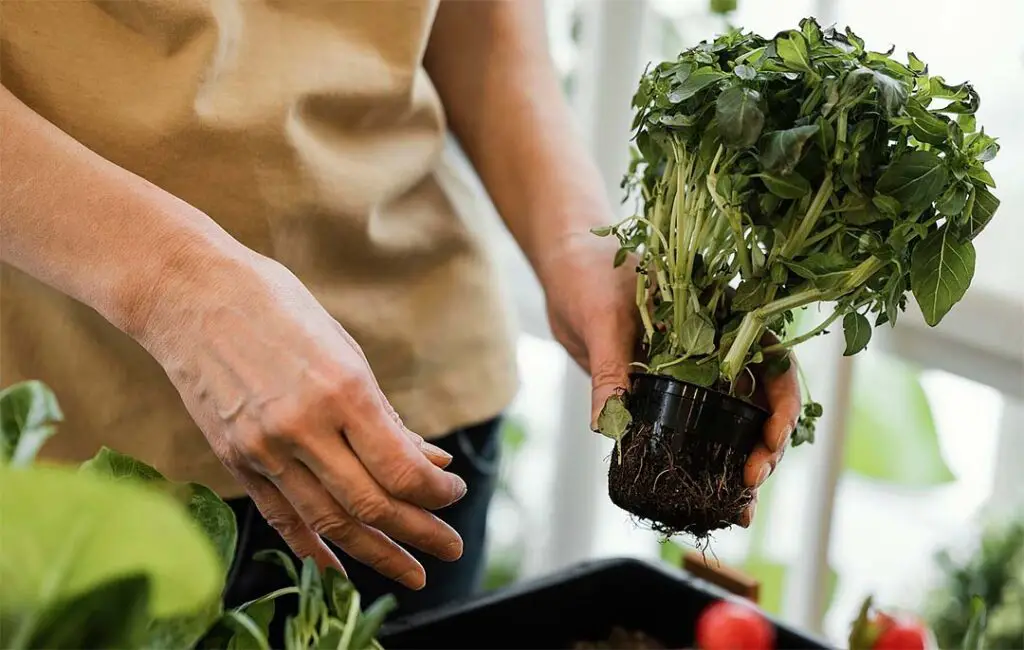
Maximizing your garden space is a crucial aspect of successful gardening, especially when you’re working with a limited area. Companion planting can play a significant role in this. By understanding which vegetables grow well together, you can plant them in close proximity, allowing them to share resources and space.
For instance, the classic “Three Sisters” method, a technique used by Native Americans, involves planting corn, beans, and squash together. The corn provides a natural trellis for the beans to climb, the beans fix nitrogen in the soil for the corn and squash, and the squash’s large leaves shade the soil, reducing water evaporation and preventing unwanted weed growth.
Another way to maximize space is through vertical gardening. Crops like tomatoes, cucumbers, and pole beans are excellent climbers and can be trained to grow upwards on trellises or cages. This not only saves horizontal space but also improves air circulation, reducing the risk of fungal diseases.
Remember, the key to maximizing garden space is careful planning before you actually get to work. Sketch out your garden layout before planting and consider the growth habits, size, and needs of each vegetable. This way, you can ensure that every inch of your garden is put to good use.
Raised Beds For Plant Space Management
By the way when it comes to space management, raised beds are a fantastic way to grow vegetables. They offer better drainage, prevent soil compaction, and provide a barrier to pests such as slugs and snails. But the magic really happens when you start making use of companion planting vegetable pairings in these raised beds.
Check out some of the most popular raised beds here, over on Amazon, and start your homegrown vegetables project today!
Photos by freepik have been used in this article.


